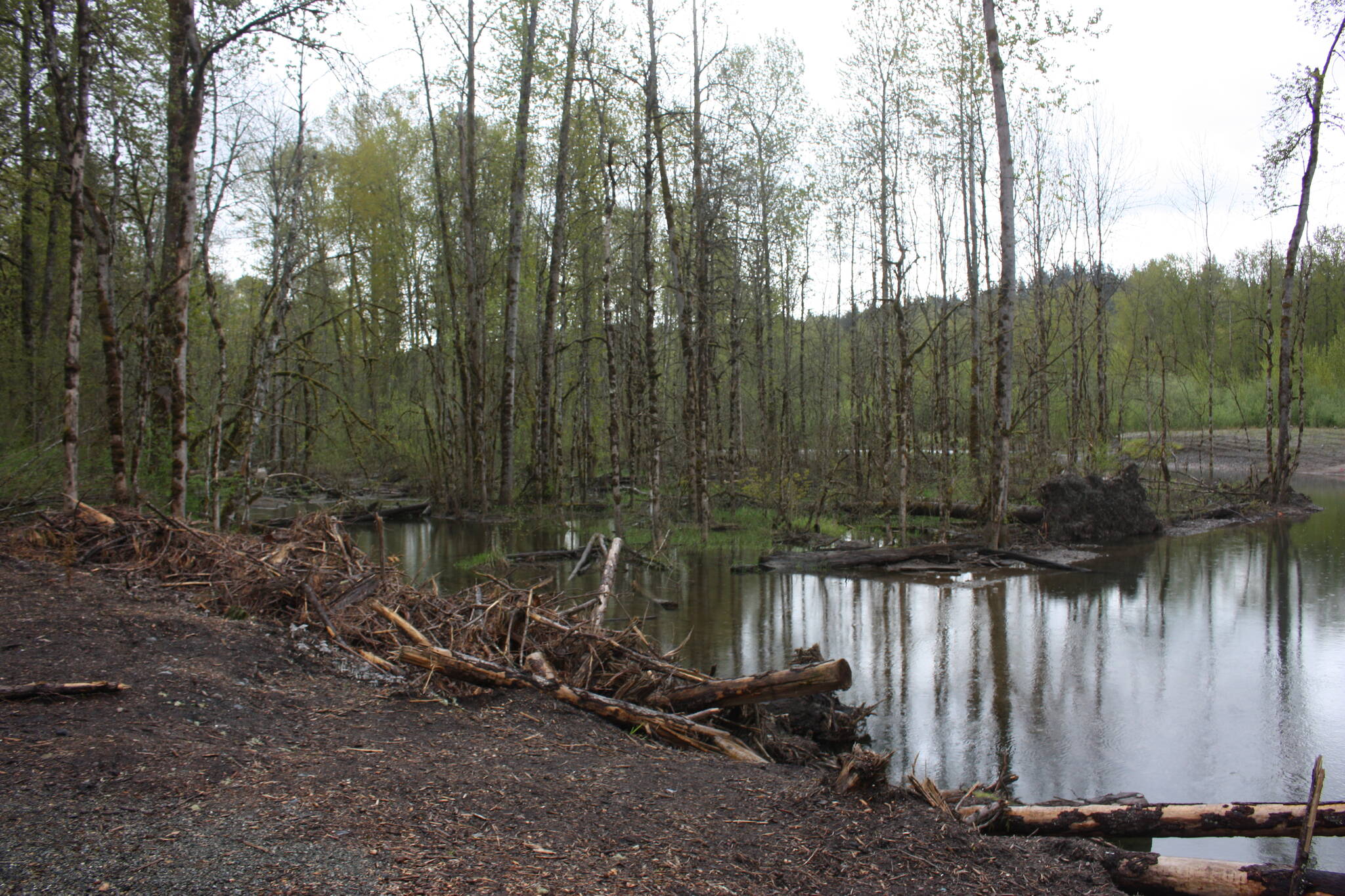The Washington State Salmon Recovery Funding Board and the Puget Sound Partnership announced the award of 150 grants in 29 counties, culminating in a $81.5 million investment in recovering at-risk salmon species.
Of that, 66 grants totaling $53.7 million will target projects in and around Puget Sound, with the grants focused on improving salmon habitat and conserving shorelines and riverbanks.
“These are important projects that will help us restore our salmon populations,” said Governor Jay Inslee. “They also provide many other benefits. When we clean up our rivers, we not only help salmon, we reduce flooding, help our communities adapt to climate change and preserve jobs that rely on healthy salmon and natural resources.”
Some of the projects to be awarded grant funding in King County include:
A grant of $590,171 will go towards the rerouting of Boise Creek at Enumclaw Golf Course in Enumclaw. The City of Enumclaw will use this grant to re-route about one-third mile of Boise Creek to a historic channel along the steep hillside of Enumclaw Golf Course to improve both water quality and habitat for Chinook salmon and steelhead trout. The City also will plant the creek banks and place large woody material in the channel.
According to the Washington State Recreation and Conservation Office (RCO), planting trees and bushes along a shoreline helps shade the water, keeping it cool for fish. The plants also drop branches and leaves into the water, which provide food for the insects that salmon eat. The roots of the plants help keep soil from entering the water, where it can smother fish spawning gravel.
The RCO says the creek is used by White River spring Chinook salmon, Fall Chinook salmon, and steelhead trout, all of which are species listed as “threatened” with extinction under the federal Endangered Species Act, by coho salmon, which is a federal species of concern, and by pink salmon.
The City of Kent will receive two separate grants, one in the amount of $255,319 to complete a feasibility study and analyze alternatives for restoring salmon habitat along 0.8 mile of the lower Green River, and another in the amount of $300,000 to create preliminary designs and begin preparing permit applications to build about six acres of off-channel habitat on the lower Green River near Van Doren’s Landing Park.
According to the RCO, The Green River is used by Chinook and chum salmon and steelhead trout, all of which are species listed as “threatened” with extinction under the federal Endangered Species Act, and by coho salmon, which is a federal species of concern.
The King County Water and Land Resources Division is slated to receive several grants, including $300,987 to complete preliminary designs to improve habitat in the middle Green River, where a levee prevents the river from accessing the floodplain and the river lacks quality juvenile rearing habitat; $100,520 to prepare final design documents and restore the left bank of the lower Cedar River near the mouth of the Taylor Creek reach, where the county will reconnect up to sixteen acres of the Cedar River to its floodplain and remove up to 600 feet of the Rutledge Johnson levee, to restore natural river processes; and $340,576 to partially restore wetland and tributary habitat on the western bank of Flaming Geyser State Park, place logs in a side channel, and plant creek banks and a wetland with native trees and shrubs.
According to the RCO, adding logs creates places for fish to rest, feed, and hide from predators, also slowing the river, which reduces erosion and allows small rocks to settle to the riverbed, creating areas for salmon to spawn.
For more information on projects and grants in King County and across the state, visit this link.



